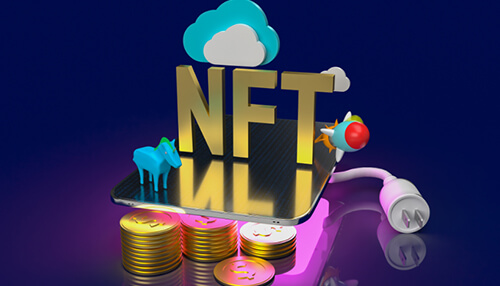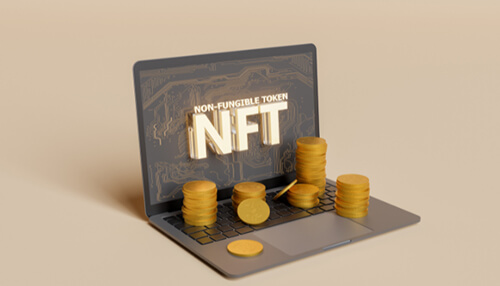NFTs project that was freshly launched in 2020, experienced high-cost gas wars which are gas precedence auctions where buyers potentially lose Ether. This happens as a result of Digital assets unsuccessful transactions as they struggle to secure their spot on the following block. The NFT hype within the ever-rising market was driven by utility and digital shortage and great attention to any collection obtained was attributed to the mercy of influencers’ notion.
There have been slow emergent transitions and this has ushered in new entrants with a new set of values. These transitions have an impact on what project is created, and also how it is created. In 2022, it is getting to look like the NFT community will lay stress on “robust community” and exclusive collector utility.
Undoubtedly, some investors and communities have benefitted from these changes in trends. However, some buyers are meeting these changes with resistance.
Let’s check out some of the new trends that dictate the pulse of the market and how NFT investors could be impacted by these transitions in 2022.
A change in minting technique
There was an emergence of the whitelist as a response to the change in minting technique after the ongoing gas wars left a lot of collectors sad. They had no other choice but to search for alternatives. Whitelists are modeled and structured to profit members that are active in the initiatives and mission of the project. It also profits holders of distinctive collections who are ready to play the game
The consideration for this model is that it endeavors to distinguish new community members who will add long-term value while offering them a mint. For collectors, securing a spot on the whitelist does not necessarily mean early access on a possible blue chip. But a means to alleviate competition with whales that may gather all the collection.
However, while securing a place might be good in theory, it is not effective unless it is practiced. Whitelist has been referred to by some collectors as a “double-edged sword” simply because it comes at a cost of time while it grants collectors early access. Collectors and investors get lost within the community easily with a whitelisting system through hypes created and a black hole of pledge farming.
NFT collectors have been running from projects that implement the entire process, noticing a fascinating pattern. TravisAxie.eth an NFT gamer and collector said that he is not attracted to projects that give out their whitelists’ spots right before they are launched.
Issues regarding cracks within the whitelist system are highlighted by other NFT collectors. There have been an increasing number of bots distracting and spamming community members who can not be present all day and it seems these models are being relied on by projects to avoid public mints. In a bid for projects to be popular in the ecosystem, they are strategically partnering with other NFT collectors. This will also help them increase the chances of a sell-out mint. The community is in search of a value-driven, optimal way to allocate access even though whitelists prevent transaction failures.
More records to be broken by NFT Music
In 2021, Static Profile Evidence was very popular but in 2022, communities, entities, businesses are in search of NFTs with real-life utility and functionality. There may be a change in the growth of volume as remarkable PFP collections rise faster in numbers than their music-based compeer.
On the 21st of January 2022, 3LAU, a crypto pundit and DJ, sold his UltraViolet NFT album for $11.6 million within 24 hours. It broke the record of being the first music NFT album launched. However, 3LAU launched a music NFT platform called Royal.io where a piece of favorite tune can be owned by users, earn royalties and additional perks.
They have gained the attention of popular musicians after its platform closed an outstanding $16 million seed round led by Founders Fund and Paradigm.
Independent artists and Russian musicians are also making waves. An artist known as Lat asha.eth drew the attention of many after selling her song’s music video titled “Gogo Wyne” for 13.4207 ETH ($51,623.97 at that time). SoundMint is one of the platforms that allow the minting of generative NFT music by artists, allowing content creators to have agency over their works.
In conclusion, NFTs are getting smarter and more dynamic as they are evolving rapidly.



